SPQR
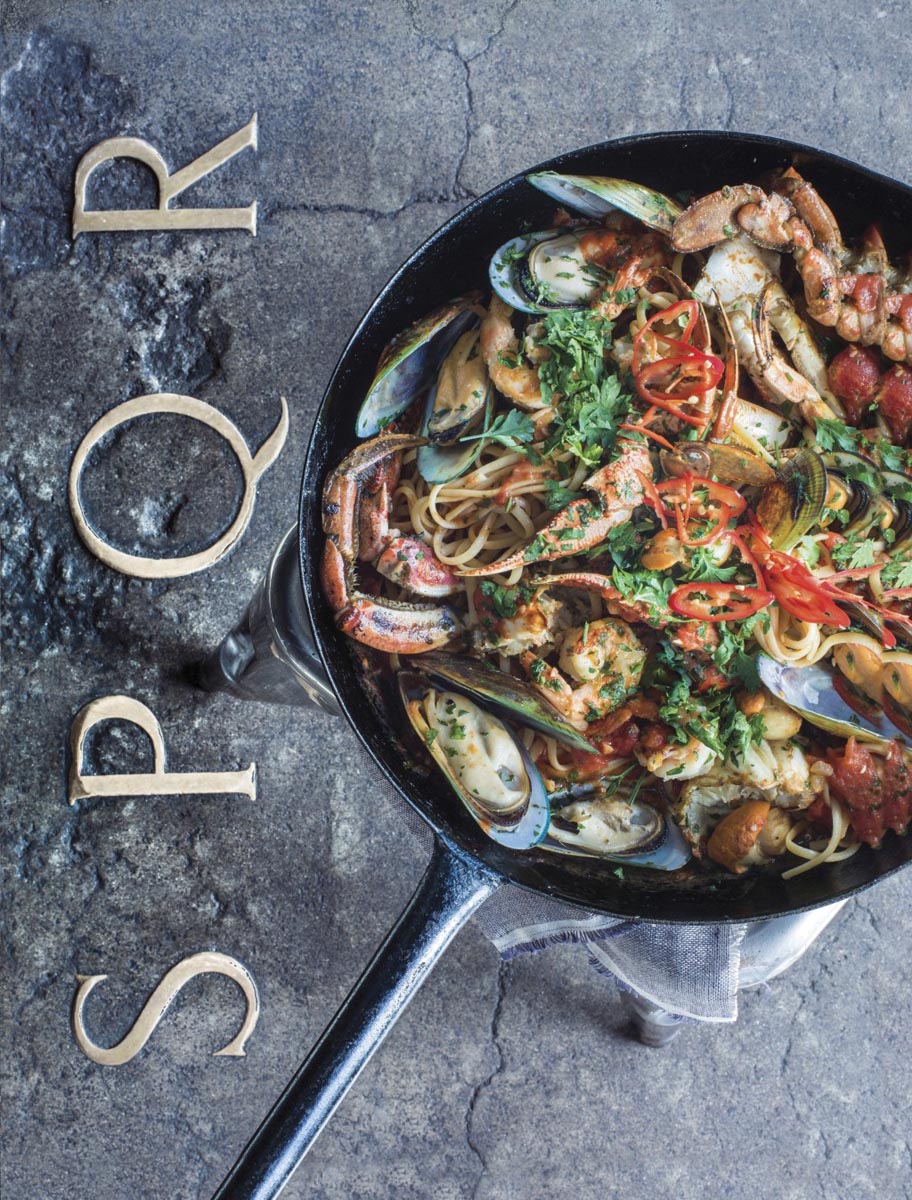
Looking back
The book
A chat with owner Chris Rupe
Looking back
I’ve been eating at SPQR since the beginning of time, or at least it seems that way. I knew the owner of the motorbike company that was in the space before SPQR even came along. I was once driven home on one of those frighteningly huge loud bikes, literally home, right up the path and up the wooden steps to the front door. My mother had a fit. I was thrilled: The speed, the sound, the daring. Years later, I watched that business get dismantled, metal, grease pots, oil-stained timber, crapped out trucks, bit by bit, watched the mechanics in grubby overalls move to some place out of town, and all those immaculately kept machines roar out of town with them.
We worked in the film world back in the early 90s and were well aware of SPQR’s impending arrival. I’d been buying fruit and vege from Bhana Bros, still situated across the road from SPQR today, since I moved into a two-storey stucco villa in St Mary’s Bay back in 1973, so I was able to keep an eye on its construction while picking up my carrots and cauli and what-not.
Right from the start it had a different kind of vibe to the Auckland restaurant scene. Dimly lit and ultra cool it drew a certain crowd, balancing as it did on the seedy reputation of a Ponsonby fast disappearing and the welcoming in of a brash new world of easy money and people keen to be seen spending it. There was an assuredness about its food, though essentially it was simple Italian food without pretension, but it had something else that is hard to conjure up, a feeling that it had been there since time immemorial, that it belonged.
On the pavement outside the restaurant tables draped in long white cloths put the dining public in full view and drivers passing by in cars would turn to look enviously at the spectacle of people enjoying themselves; outside dining was a constant battle with the council in those early days. In the evenings candelabra cast a warm glow over everything, making it even more irresistible. It was Melbourne in Auckland, just as stylish but more gay. It was Italy in Auckland, but without the commotion and carrying on of the Italians. It was brash, extroverted and hedonistic, an amazing vision by its founders Stuart Dryburgh and Dorthe Scheffmann, and best of all, it’s still there, like some ancient Roman ruin, weathered, seasoned, an icon, still drawing the crowds. Sono Porci Questi Romani? I don’t think so.
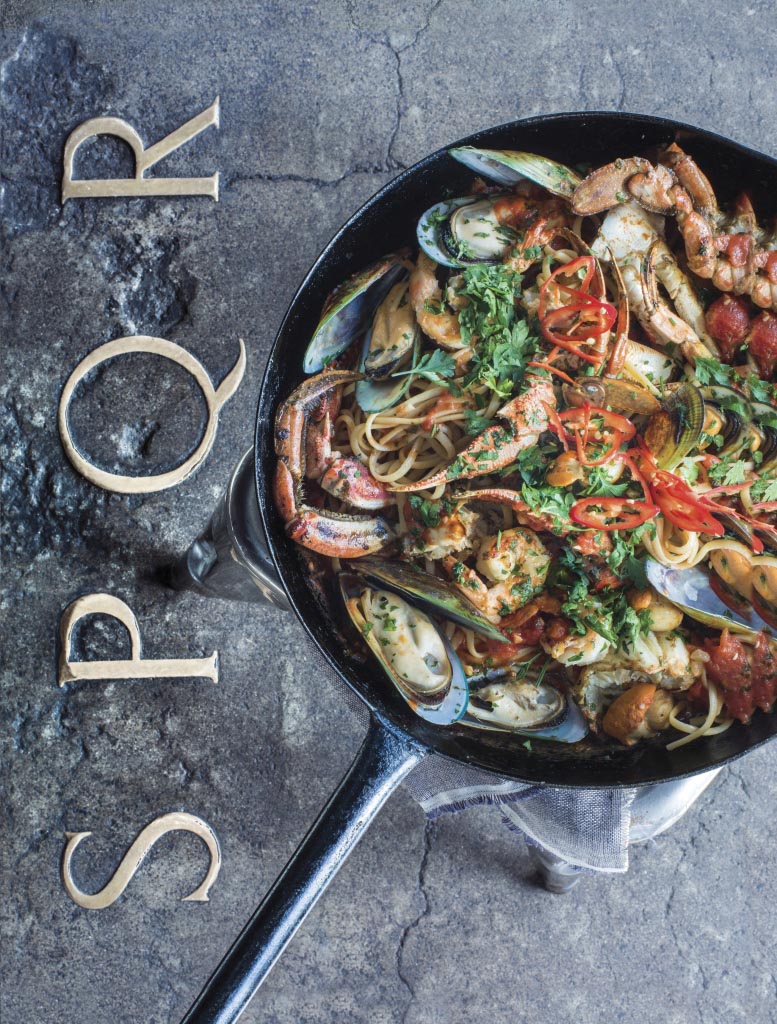
The book
Published by Penguin Group (NZ)
Photography by Tamara West
Hardback
242 pages, around 90 recipes
RRP $60.00
What I’ve loved about SPQR over the years is the attention to detail. While many other Italian restaurants had menus littered with grammatical errors, SPQR nearly always got it right. The food was always appealing, to me and my ilk at least, and it didn’t change that much. You could always be assured you’d be served fresh, quality ingredients, and they got the basics right; good pasta, risotto, simple meats, salads, pizzas, that kind of thing. The selection of wines by the glass was astounding for the time. Throughout the doom and gloom of the global financial recession the starched white tablecloths remained while many restaurants dispensed with such things to save costs on laundry. I loved them for that.
All of this, and we kept coming, from the early days for film wrap parties, wild and outrageous nights, for birthdays, celebrations, on Mother’s Days, to collect pizzas, to bring friends and visitors, and sometimes for no reason other than we wanted a glass of something cool while we nibbled on something tasty, to be immersed in the hustle and bustle.
Then, recently, SPQR the book arrived. I flicked through like a mad woman hoping to find my favourite recipe inside it, and YES! It was in the book!
This dish always made my mouth water. Seven ingredients. That’s all it took to win my heart. You can taste them all. I don’t know when it first appeared on the menu, but once I discovered it, I was smitten. I could make it myself easily, but perhaps that would spoil the magic, because the magic is not just in the bowl of food, it resounds around the walls, it’s in the candlelight, the swooshing long aprons of the staff as they glide by, the tantalising aromas that make you turn your head when staff carry food your way and make you hope they are bringing it to you, the echoing laughter, the dimly lit mysterious loo, the pavement seating, the campiness of it all. Scampi tail linguine, a dish of pasta dressed with chilli and garlic oil, adorned with sautéed scampi tails, strewn with chopped parsley and splashed with lime juice, the very essence of SPQR: Tart, pungent, hot, juicy and succulent.
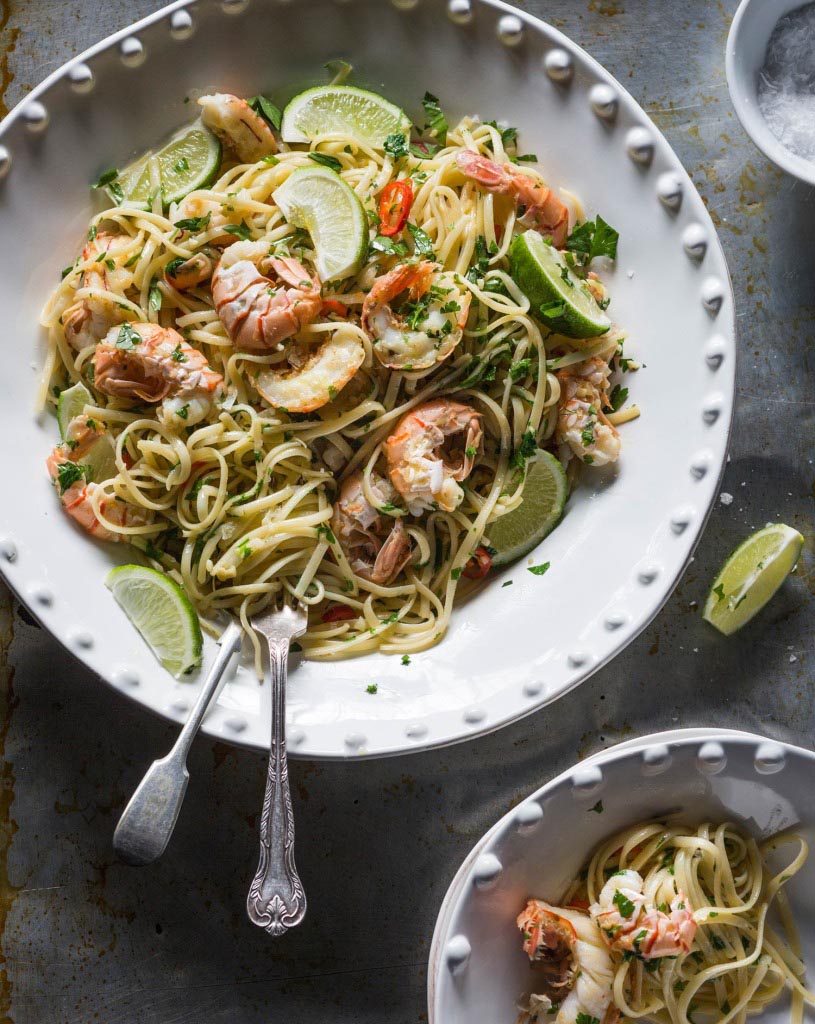
Scampi Tail Linguine
This is another dish on the S.P.Q.R menu that has been popular since the early days. It is easy to make and is always a pleasure. Perfect with a crisp sauvignon blanc.
Serves 4
280g scampi tails
400g linguine
¼ cup olive oil
4 tsp crushed garlic
2 tsp finely sliced chilli
juice of 1 lime
1 tbsp chopped Italian parsley
2 limes, cut into thin wedges, chopped Italian parsley and extra virgin olive oil, to garnish
Cut the scampi tails in half horizontally, season with salt and pepper and set aside.
Bring a large saucepan of salted water to the boil, add linguine and cook for 7 minutes or until al dente, stirring occasionally.
Heat the olive oil in a pan. Sauté the scampi tails with garlic and chilli, tossing quickly and moving the pan around so as not to burn them. Season to taste and squeeze lime juice over top.
Drain the linguine and add to the scampi mixture, tossing together quickly for 30 seconds, then mix in the parsley.
Serve in a large bowl, garnished with lime wedges and parsley. Finish with a drizzle of olive oil.
Reproduced with permission from S.P.Q.R. Published by Penguin Group NZ. RRP $60.00. Copyright © text S.P.Q.R, 2014. Copyright photography © Tamara West, 2014.
A Chat with Chris Rupe
Over a cool glass of wine and a plate of scampi tail linguine – what else – one recent lunchtime, I had a chat to long-time SPQR owner Chris Rupe about what makes the food and wine, and the whole dining experience at his restaurant so special, and why he’s decided now is the time to share it in a book.
CR “I’ve been going back to Italy every year for the last 20 years. I love the simplicity of the food, not too many ingredients and clear flavours. We use prime NZ produce, the best beef, snapper and other seafood. We’re proud of that and don’t cut corners. We could cut back, but we’re not interested in doing that. It gives the food continuity.
We keep a lot of the same dishes on the menu, but we try to make them better. We might have been one of the first to do good pizzas in Ponsonby but you can get good pizzas in several places now so rather than take ours off the menu, we are working harder to makes ours better. Competition is good. We work with other restaurateurs on the strip. Ponsonby has something about it that’s unique. You can walk along and find something decent to eat and drink at any time. It seems to suit most types.
I spend time thinking about things, how to keep things fresh and interesting. A lot of the staff have been here for 17-18 years and they like to stick with the same old wines, but I’ve introduced a lot of European wines now because they offer something different. We’ve still got plenty of NZ wines on, and all are by the glass, but we like the styles and flavours offered by other countries too, and some of them suit the food better.
We like to cook our pasta al dente, even less than that, and slowly we’ve brought our diners on this journey. If you overcook pasta it expands in your stomach, you get full and can’t enjoy another course. Keeping the starch undercooked makes it easier to digest.
Front of house is really important, you have to sum up people when they first arrive, are they in for a big night, a quick meal, just had a fight or what, and work out where to seat them to maximise their experience. If you sense things aren’t going so well between them, you need to quickly think how you could try and ease the situation rather than make things worse. My daughter does this role now and seems to have a really strong feel for it.
We like the white tablecloths because they look clean and fresh, and add something to the place, and it means so much to put your arms on something clean rather than on a badly cleaned table. Most of the interiors haven’t changed much, but the cloths keep it looking fresh. It’s sort of a café/bistro/brasserie /trattoria thing. I might have been a bit ahead of myself at times. I had to start with the tablecloths outside before using them inside because it takes Kiwis a while to catch up, to get used to something. If they looked in and saw white tablecloths on the tables back then they might have thought we were too formal. But we like the juxtaposition of it, eating on the street but eating off something clean.”
JB “Why do a book? Aren’t you busy enough?”
CR “It had always been in the back of my mind that SPQR should be recorded in a printed form. I wanted a record of the food and of the life of SPQR, and for the book to have a certain style. The photography was important because I wanted it to be new, of the day, and something that wouldn’t date quickly, even though the book is really a record of the 22-year life of the restaurant. I wanted it to be a little bit ahead of itself, to where we are heading to, rather than all retro. Food changes all the time and I didn’t want it done in last year’s style.
And I didn’t want it to be hard or too difficult for people to follow the recipes because cooking for us is all about simple ingredients, and the timing, and they had to be able to do it and get a good result. I wanted anyone who looked at the book to think, yeah, I can do this.”
JB “How did you put the content together? Did you look back and choose your fave dishes?”
CR “Most of them are pretty well on the menu all the time, though some come and go. But we had them tested by Anne Thorpe to make sure they all worked in home kitchens.”
JB “Turning the recipes from serving 40 portions to serving 6, how did you cope with that?”
CR “That’s the hard bit for a restaurant, and hard for a chef to do. I got a hand with the writing and Anne took the recipes home and cooked them. Then there were 5 poof readers afterwards. It was quite cool. Unfortunately, my chef passed away last year, then a Sardinian chef came in and he had to recalculate back into Italian then back again into English. Things did need changing and Anne wanted to use a lot more stuff like rice bran oil and other stuff like that.”
JB “And did you? Or did you stick to Italian ingredients?”
CR “Nah we stuck to what we use in the restaurant, with Italian flavours, extra virgin olive oil and stuff, as that was the concept. We believe in it. We think it’s a healthy diet.”
JB “When did your love affair with Italian food begin?”
CR “At Prego. But I have been to Italy pretty well every year since 1998.
There’s French food, and don’t get me wrong, I like it, but then there’s Italian food, and I think with Italian it was the simplicity, just a handful of ingredients, that got me. We would go to Italy for 6-8 weeks at a time. It was always part of the journey sourcing and hunting good simple food. We went to a place just out of Rome recommend by Michael Allpress, somewhere near the sea, and these old ladies were cooking in the kitchen, and it was good to see how they cook, and I realised that it was all about timing. Oil, salt, fresh food, simple approach, you can’t stuff it up.”
JB “Your kitchen here is really tiny and you’ve never expanded it?”
CR “Nah I can’t really. The menu is much bigger than it should be. I should cut it down. But I probably won’t.”
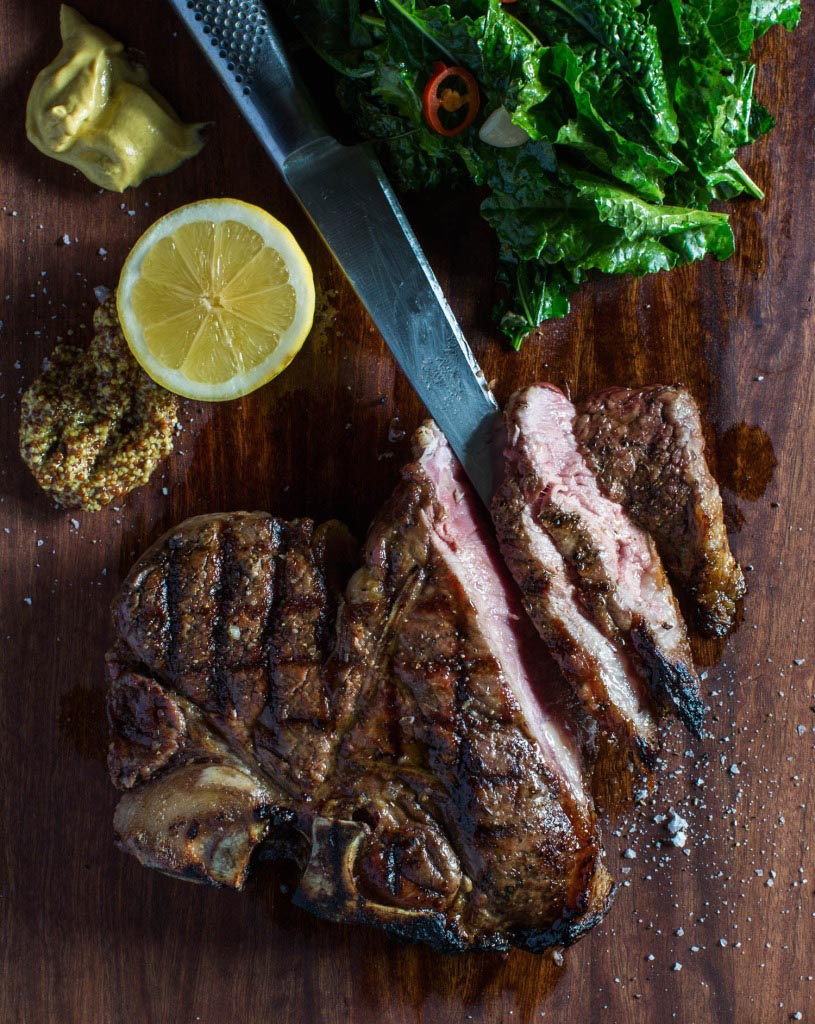
T-bone Florentine
For the meat lover, this is as good as it gets. A very simple dish to cook – it’s all about seasoning and timing. The secret is to start cooking the T-bone in an upright position on the grill, so the heat goes up through the bone. Just as important is the resting time of 10 minutes. And make sure the T-bone is at room temperature before cooking.
Serves 2
Caper & Anchovy Sauce
½ cup extra virgin olive oil
¼ cup capers
4 anchovies
1 × 1kg T-bone steak, at room temperature
1 tbsp olive oil
100g spinach
4 garlic cloves
½ fresh chilli, diced
Dijon and wholegrain mustard and ½ lemon, to serve
To make Caper & Anchovy Sauce, heat a small frying pan. Place olive oil, capers and anchovies in hot pan, stirring until the anchovies have dissolved. Keep warm until ready to serve.
Preheat grill to a high temperature. Season steak with salt. Stand the steak upright (on one edge) on the grill and cook for 10 minutes, then cook 5–6 minutes on each side. Remove from grill and leave to rest on a wire rack for 10 minutes, keeping warm.
Heat a frying pan and add olive oil, then add spinach, garlic and chilli and toss for 30 seconds.
To serve, slice the T-bone steak and plate with the mustards, lemon and Caper & Anchovy Sauce.
You can slice the steak at the table if you prefer.
Chef ‘s note: The T-bone consists of two cuts: the larger sirloin and the smaller eye fillet.
Reproduced with permission from S.P.Q.R. Published by Penguin Group NZ. RRP $60.00. Copyright © text S.P.Q.R, 2014. Copyright photography © Tamara West, 2014.

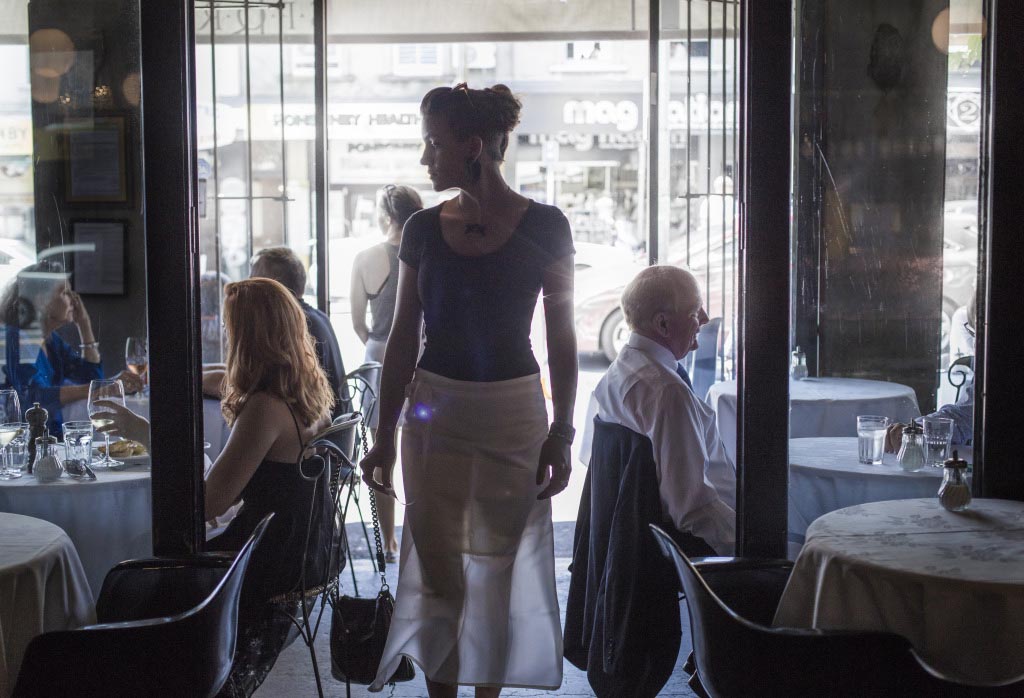
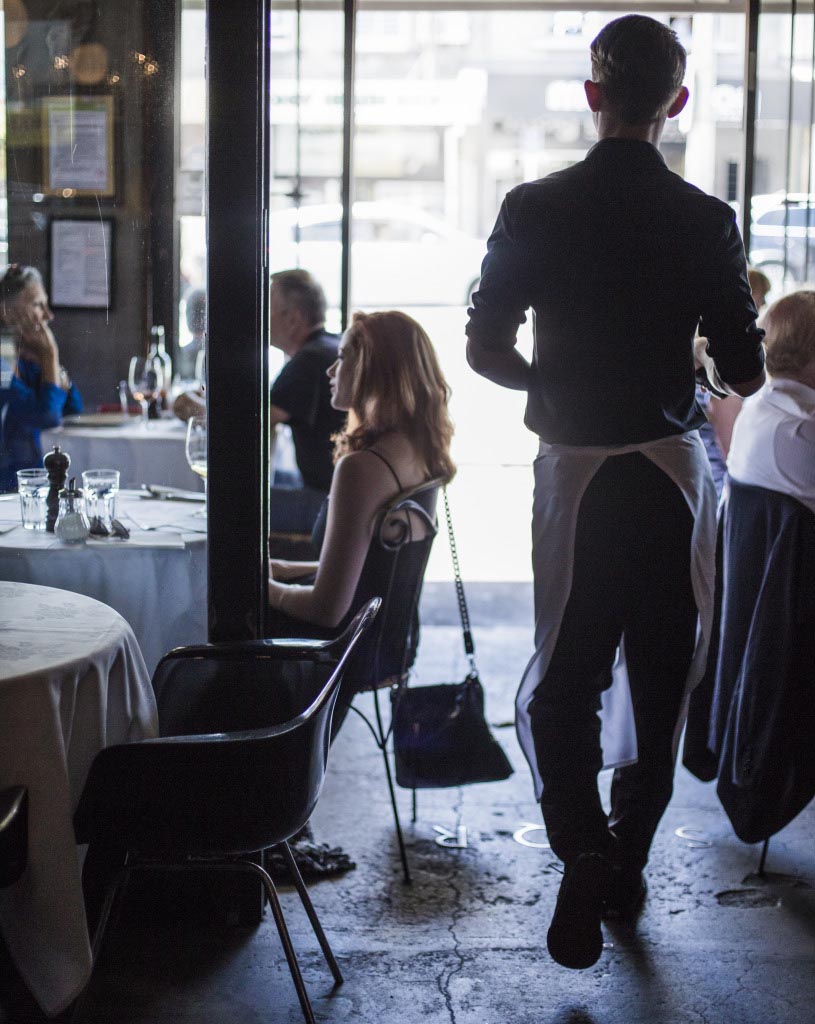
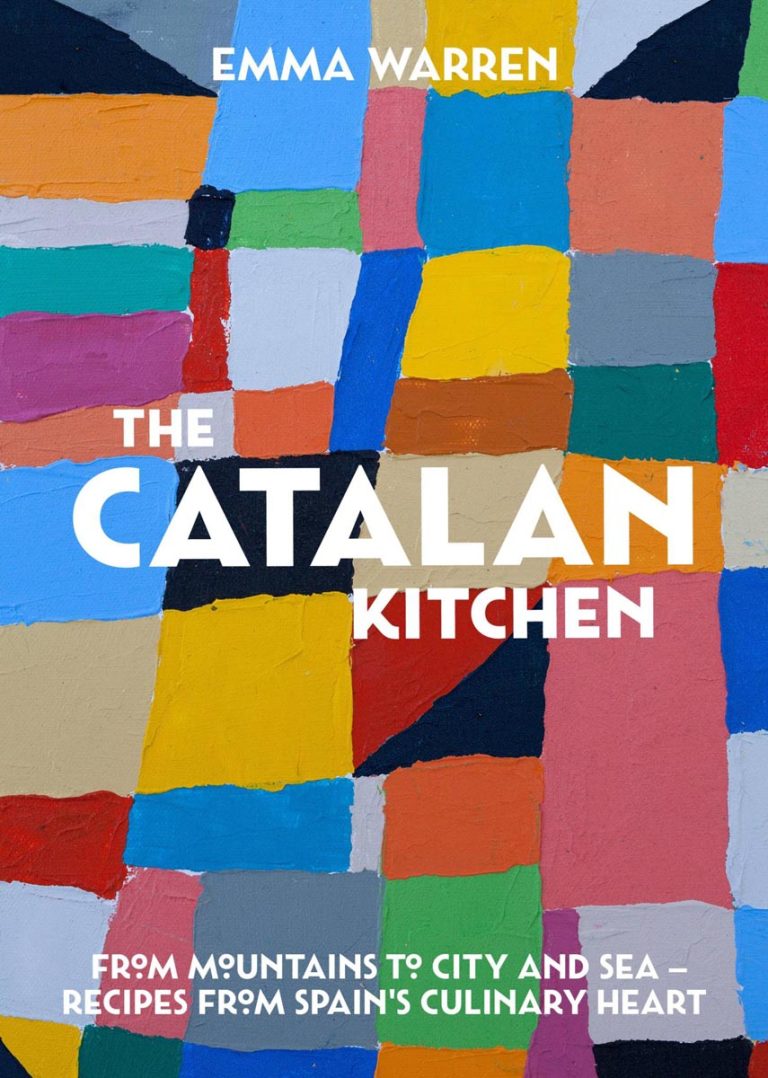
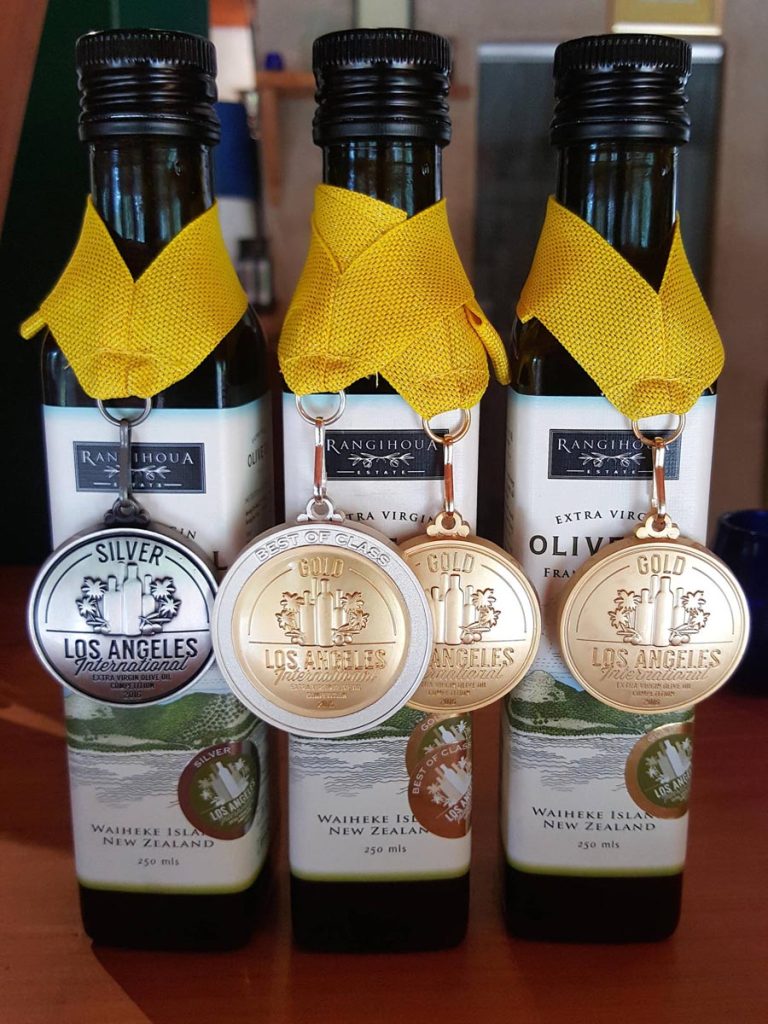
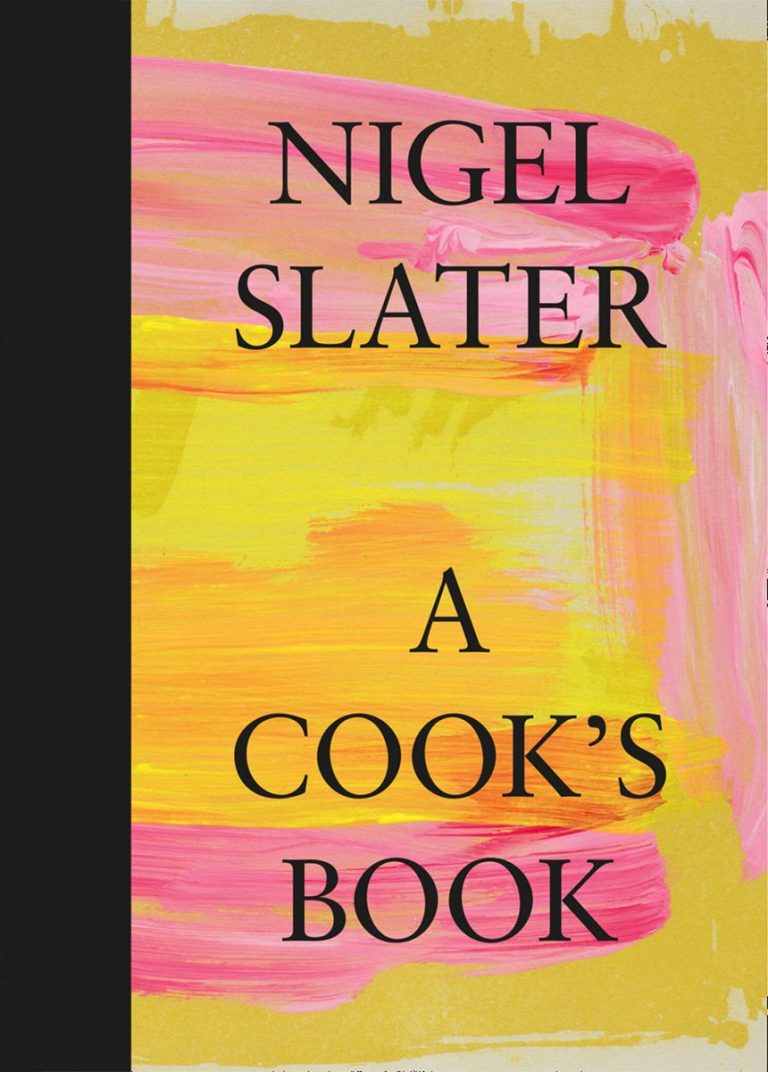
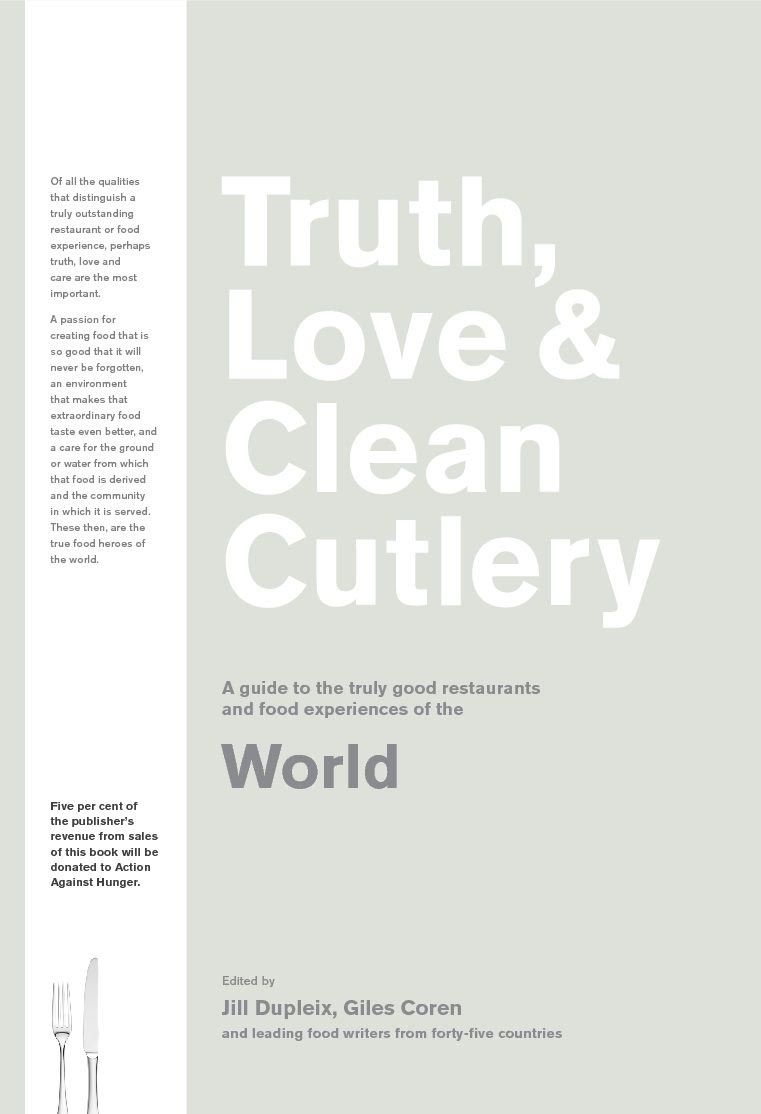
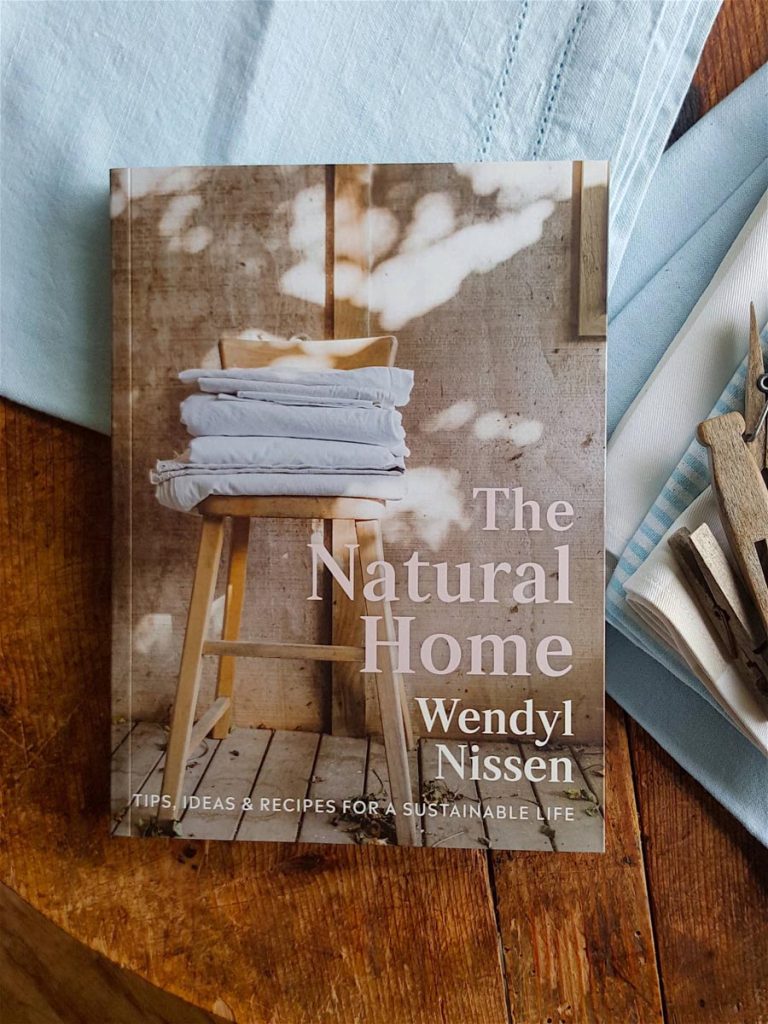
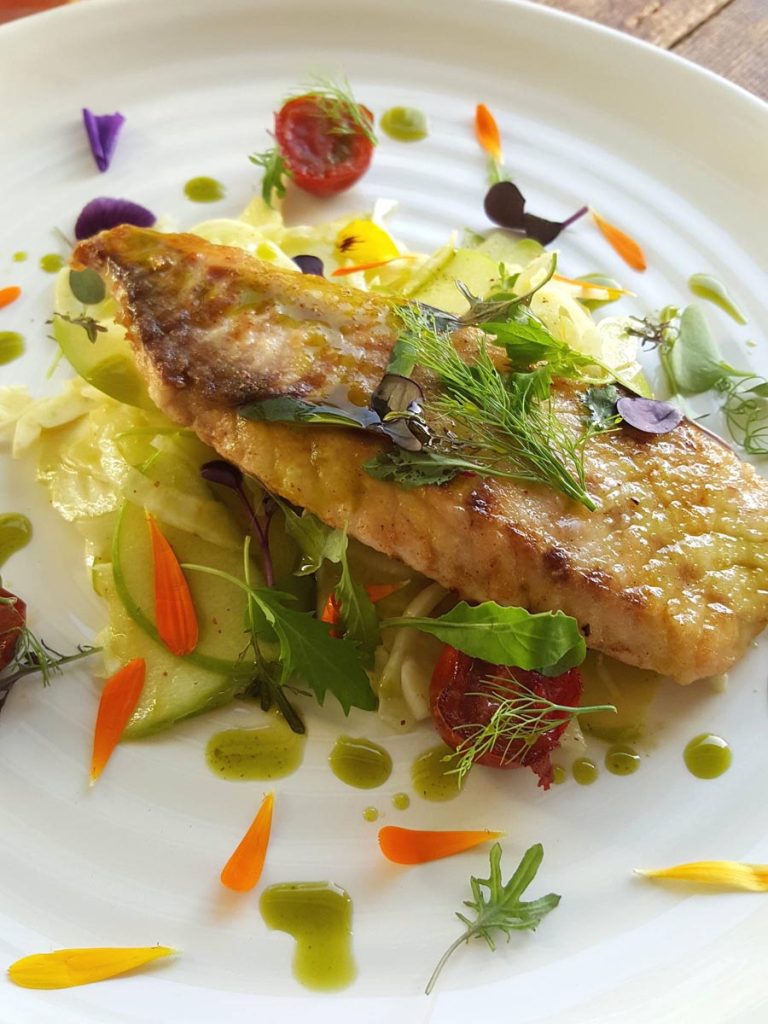
Looking good – particularly enjoyed the interview with Chris Rupe.
Thanks Renee! Plenty more coming soon.